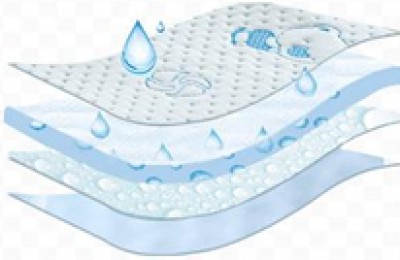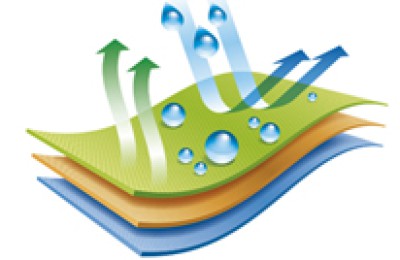There is a concept in economics called stagflation, which means that prices are rising but the economy is stagnating. It gives ordinary people the feeling that things are getting more and more expensive, but incomes are not rising or even falling. Stagflation is a very scary phenomenon in economics. Large-scale stagflation often means a global economic depression, which often occurs together with skyrocketing crude oil prices.
Gas prices over $100
Oil is known as the “blood of modern industry” and has an irreplaceable position in today’s economic operations. This is especially true in the modern textile industry. Polyester filament, which accounts for 70% of global textile fabrics, is inseparable from petroleum. Its raw materials, PTA, ethylene glycol, and upstream PX, are all inseparable from petroleum.
In the logistics process, the price of crude oil is a point that cannot be ignored in transportation costs.
At the end of June, the international oil price reached its highest point of US$120. Even though there was a rare 10% drop in July, the price of oil was still US$100. Even $100 for crude oil is an absolute high in history.
Judging from the fact that the United States cannot help but raise interest rates sharply, and the United Kingdom takes the blame by having its prime minister resign, Inflation rates in developed countries in Europe and the United States have reached an unbearable critical point, and the era of stagflation has begun. has arrived.
Shrinking demand for textiles
European and American countries are the main force in international textile consumption. Nowadays, the economies of these countries have serious problems. It is foreseeable that with the emergence of stagflation, the global demand for textiles will inevitably show a shrinking trend in the future. my country’s textile industry is targeting the global market. Although the grand strategy of “dual circulation of domestic and foreign trade” has been proposed in the past two years, after all, it has only just started and the transformation will take time.
Unfortunately, at the node of economic downturn in 2022, my country’s polyester market is still in a new round of production capacity expansion cycle. The construction cycle takes several years. Once construction starts, it will be difficult to stop. This is very embarrassing, and it will also causePolyester filament will be in a dilemma for some time in the future. (Of course, this does not mean that capacity expansion is not good. In my country’s current polyester market environment, conventional fiber production capacity is overcapacity, and differences and The production capacity of special fibers is seriously insufficient, and many of them need to be imported. Therefore, polyester leaders are also making efforts in this area at this stage)
Polyester in a dilemma
It is difficult to reduce the price of polyester yarn. The current price of polyester yarn is basically determined by crude oil. The profit is originally small, and there is no room for decline. At most, there will be promotions occasionally. Even to maintain current prices, polyester factories need to reduce production. In this case, if you want to reduce the price, you can only see whether the price of crude oil falls. But the more inflation there is, the fewer investable items are on the market, and the more valuable commodities like crude oil are. When crude oil begins to become worthless, it means that inflation is almost over and demand is about to pick up.
It is not easy to lower prices, and it is also very difficult to increase prices. In the final analysis, it is still a question of demand. In the past two years, not only polyester production capacity has been expanding, but weaving production capacity has also grown slowly. Now that demand has shrunk, and countries like Vietnam are competing for business, life for cloth bosses has become increasingly difficult. Sad.
The current downstream market is completely a buyer’s market. In the past, even if the price of raw materials increased, weaving companies did not dare to increase the shipping price for fear of losing orders. But even so, the situation of overcapacity and shrinking demand is there. No matter how textile companies “involve”, it will be difficult for demand to rise. Seeing that the inventory is getting higher and higher, the market is getting worse and worse, and the operating rate of weaving enterprises is getting lower and lower.
Judging from recent surveys, the biggest problem currently encountered by textile companies is capital turnover. There are fewer and fewer orders, but the payment cycle is getting longer, and the funds available on hand are also decreasing. Once the price of polyester increases and the demand continues to decline, it is foreseeable that more and more textile companies will continue to lower their operating rates.
Afterwords
During the production capacity expansion cycle, the textile market will experience a certain degree of downturn. The market will not improve until market demand expands to match production capacity. However, due to factors such as the COVID-19 epidemic and the economic development cycle, market demand has decreased instead of increasing, which has resulted in a very serious mismatch between production capacity and demand. In this cycle, whether it is a textile company or a polyester factory, there will be some dilemmas.
</p







